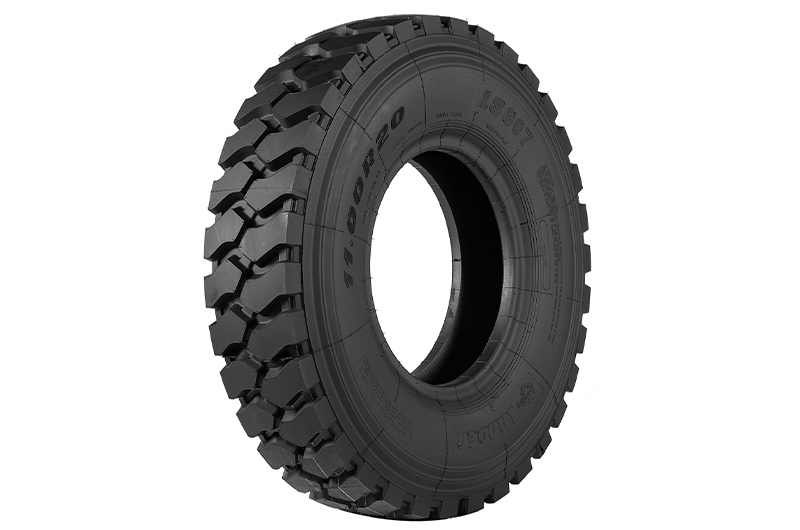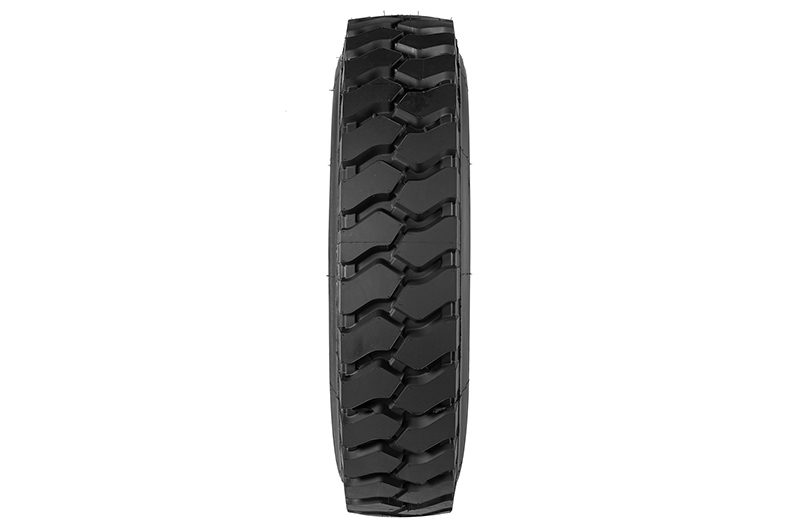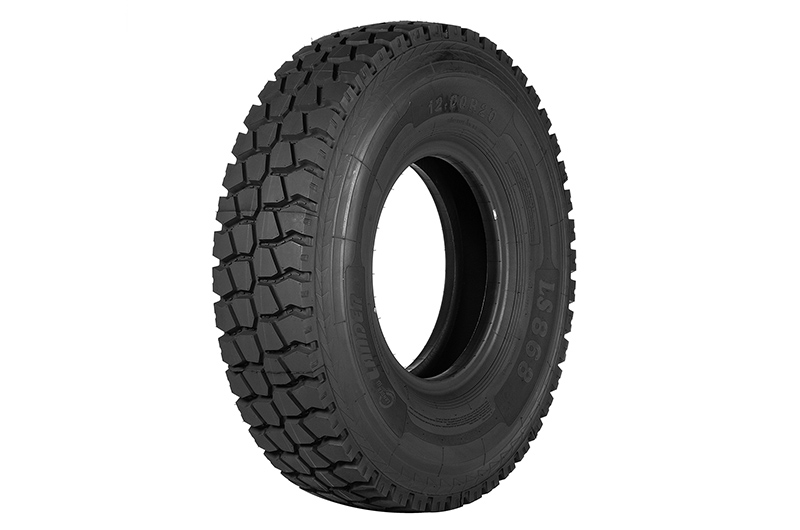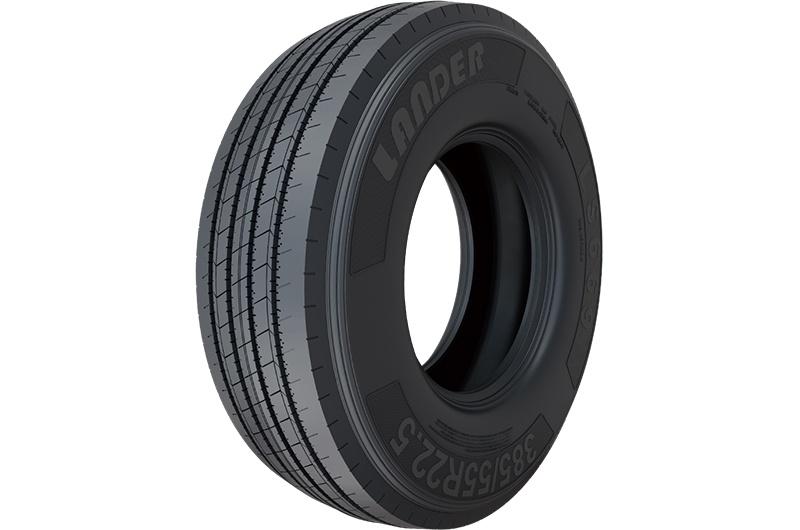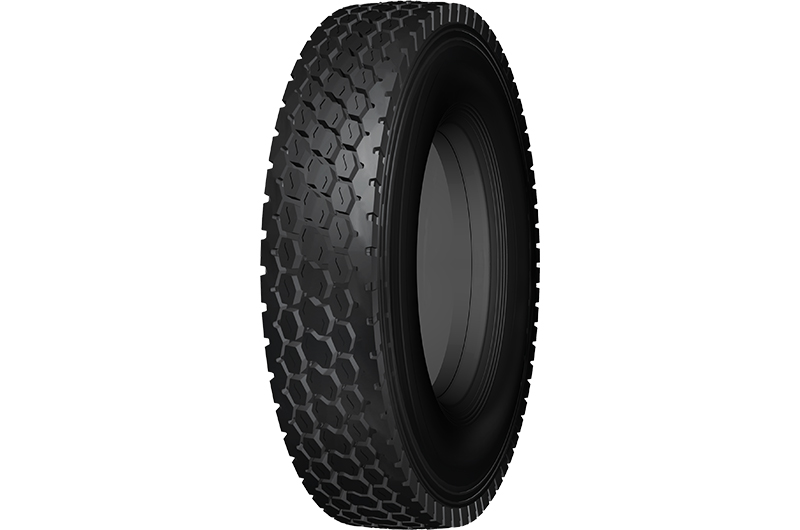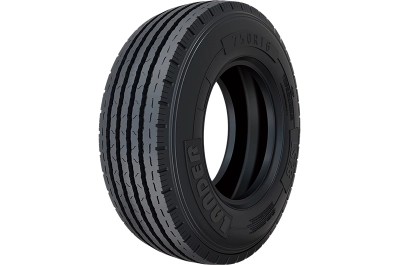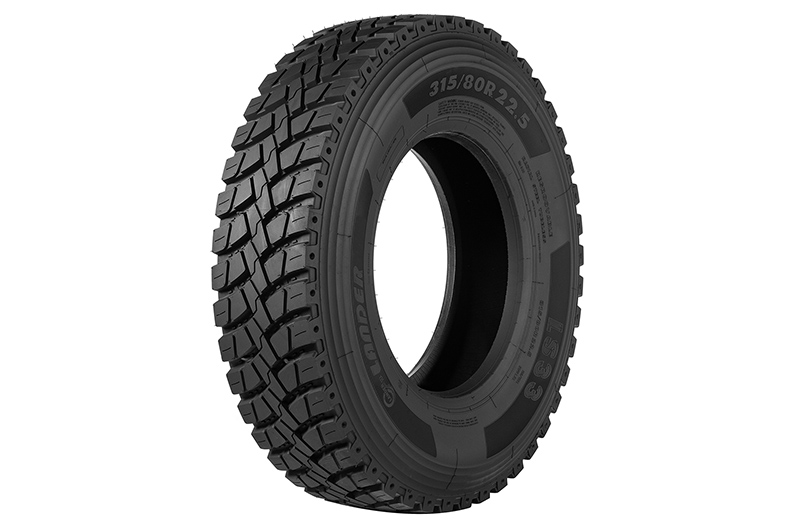21/ November
Exploring TBR, OTR, and AGR Tyres: Complete Guide to Truck, Mining, and Agricultural Tyres
Buying tyres is never just about size and price. The real difference comes from knowing exactly what kind of work the tyre was built to do. In the commercial world, three letters show up again and again: TBR, OTR, and AGR. If you run trucks, construction equipment, or a farm, these categories decide how long your tyres last, how safe your people are, and how much money you actually keep at the end of the year.
Let’s break them down one by one, in plain language, so you can make smarter choices.
What TBR Actually Means (and Why Truck Owners Care
TBR stands for Truck and Bus Radial, a key category in commercial truck tyres used on long-haul trucks, logistics fleets, and buses.These are the tyres you see on semi-trucks, delivery vans, city buses, and long-haul rigs. The “radial” part simply means the cords inside the tyre run at 90 degrees to the direction of travel. That design gives a softer ride, lower rolling resistance, and much longer mileage than older bias-ply tyres.
Most TBR tyres today are tubeless and built with steel belts. They have to handle heavy loads over thousands of kilometres of highway, mixed roads, or city stop-and-go traffic. Manufacturers split them into three main uses:
Steering axle tyres – focus on precise handling and even wear
Drive axle tyres – deep tread and strong traction for pulling heavy loads
Trailer tyres – built for stability and heat resistance under constant weight
A good TBR tyre can easily run 150,000–250,000 km on highways when the truck is loaded properly and pressures are checked regularly. That kind of mileage is why fleet managers pay close attention to the category.
Common TBR Applications
Typical Road Conditions
Key Needs
Long-haul transport
Mostly highway
Fuel economy, heat resistance, even wear
Regional delivery
Highway + city roads
Grip in rain, braking performance
City buses
Stop-start traffic
Sidewall strength, comfort
What Are OTR Tyres?
OTR means Off-The-Road. These tyres never see a normal road. They live on construction sites, quarries, mines, ports, and logging roads. Think massive dump trucks, wheel loaders, graders, and cranes.
Because the ground is rocky, muddy, or full of sharp debris, OTR tyres are engineered completely differently:
Extra-thick tread – sometimes 50–100 mm deep
Heavy-duty sidewalls with cut-resistant rubber compounds
Reinforced beads and multiple steel belts to survive impacts
Special patterns that throw stones out instead of trapping them
Some OTR tyres weigh more than 1,000 kg each and cost as much as a small car. But one good set can keep a 100-tonne mining truck moving for 4,000–6,000 hours before it needs replacement. That’s real money saved in downtime.
OTR Sub-categories
Typical Machines
Main Challenges
Earthmover / Loader
Wheel loaders, dozers
Rocks, cuts, heavy loads
Grader
Motor graders
Precision + loose surfaces
Port / Crane
Reach stackers, mobile cranes
Slow speed, very high point loads
Underground mining
Low-profile trucks
Low ceiling, sharp rocks, heat
Choosing the right OTR tyre is not just about price per hour; it’s about keeping million-dollar machines running without unexpected breakdowns.
AGR Tyres: Keeping Farms Productive Year After Year
AGR stands for Agricultural tyres – the ones on tractors, combine harvesters, sprayers, and trailers. Modern farming equipment is huge and heavy, yet still has to float over soft soil without compacting it too much.
That’s why AGR tyres look so different:
Very tall sidewalls for low ground pressure
Wide footprints that spread the weight
Aggressive lugs that bite into mud but still clean out fast
Special rubber mixes that resist stubble damage and chemicals
There are two big families inside AGR:
Standard tractor tyres (R-1, R-1W) – deep lugs for field work
Flotation or IF/VF tyres – extra-wide or flexible sidewalls to carry the same load at lower air pressure and protect the soil
Farmers who switch to proper AGR tyres often see 5–15% less soil damage and better crop yields in the following seasons. The tyres literally pay for themselves through healthier fields.
AGR Tyre Type
Best Use
Main Benefit
R-1
General field work
Traction in wet soil
R-2
Rice & cane fields
Very deep lugs, self-cleaning
IF / VF
Large sprayers & heavy trailers
Low soil compaction
Implement
Trailers, balers
Gentle on grass, long road life
Why the Difference the Right Category Makes
Mixing up these categories is expensive. Put an AGR tyre on a mining truck and it will shred in days. Put an OTR tyre on a highway trailer and you’ll burn fuel like crazy and wear it out in a few months. Knowing TBR, OTR, and AGR lets you:
Match the tyre exactly to the job
Predict real-world lifespan and cost per kilometre/hour
Reduce downtime and repair bills
Keep drivers and operators safe
In short, the three letters on the sidewall tell you almost everything you need to know before you buy.
A Trusted Name in TBR, OTR, and AGR Tyres
When you need reliable tyres in any of these categories, Qingdao Lander Sky Tyre has been delivering since 2013. Based in Qingdao, China, the company runs its own modern factories with full control from raw material mixing to final X-ray inspection. They ship TBR, OTR, and AGR tyres to more than 50 countries across the Middle East, Southeast Asia, Latin America, and Africa. With a clear focus on long-term partnerships, three-year warranties, fast response times, and strict quality standards (DOT, ECE, GCC, CCC, and more), Lander Sky Tyre has become a go-to supplier for fleets and distributors who want consistency and real support after the sale.
Conclusion
TBR, OTR, and AGR are much more than random letters. They are shorthand for completely different engineering solutions built for completely different lives. Understanding them helps you buy smarter, run safer, and spend less over time. Whether you manage a fleet of trucks, a quarry, or a large farm, starting with the right category is the single biggest decision you can make.
Learn more about our TBR tyre range → https://www.landerseatyre.com/tbr/
Learn more about our OTR tyre range → https://www.landerseatyre.com/otr/
Learn more about our AGR tyre range → https://www.landerseatyre.com/agr/
FAQs About TBR, OTR, and AGR Tyres
Q: Which category lasts the longest on normal roads?
A: TBR tyres. A quality radial truck tyre on highway service can easily reach 200,000 km or more. OTR and AGR tyres are over-built for roads and wear out faster if used there.
Q: Can I use an OTR tyre on a tractor just because both are “big”?
A: No. OTR tyres have very hard rubber and thick sidewalls that make them stiff and harsh on soil. They also cost much more. Always stay within the AGR category for farm machines.
Q: Are all TBR tyres the same quality?
A: Not at all. Look for proper certifications (DOT, ECE, etc.), real warranty terms, and a supplier who offers after-sales support. Cheap tyres without traceability often fail early and cost more in the long run.
Q: What is the biggest mistake people make when buying OTR tyres?
A: Buying only on price per tyre instead of cost per operating hour. A slightly more expensive tyre that lasts 30–40 % longer in rocky conditions almost always saves money.
Q: Do AGR tyres work on the road between fields?
A: Yes. Modern radial AGR tyres are designed for 30–50 km/h road travel without damaging the tyre or the crop. Just keep the pressure right for road use (usually higher than field pressure).
Read More

